‘How could the complexities of being, the mechanics of our anatomy, the intelligence of our biology, and the endless firmament of our interiority –the thoughts and questions and yearnings and hopes and hunger and desire and the thousand and one contradictions that inhabit us at any given moment –ever have an ending that could be marked by a date on a calendar? Hasn’t it always seemed that way? Haven’t I always detected the confusion of funerals, the uncertainty of cemeteries, the bewilderment of a headstone? Perhaps memorials and all the sacred and secular rituals of mourning across our human history are but failed gestures. The dead live with us. Grief is not a whodunnit story, or a puzzle to solve, but an active and vibrant enterprise. It is hard, honest work – I don’t know why… (but)…the natural alignment of the heart remains towards the light.’ (from ‘The Return’ by Hisham Matar.)
 Further down the coast from where I live is a popular surfing beach, Point Addis not far from the internationally-famous Great Ocean Road. A series of wooden steps and platforms leads down to the beach and on one of the upper level is a wooden seat on which is fixed a brass plaque inscribed with the words: ‘Love never Ends’ and the initials ‘S.M.K’. I’ve often wondered who is ‘S.M.K.’, who placed the plaque there and whose memory it is meant to commemorate- a child, a parent or a partner.
Further down the coast from where I live is a popular surfing beach, Point Addis not far from the internationally-famous Great Ocean Road. A series of wooden steps and platforms leads down to the beach and on one of the upper level is a wooden seat on which is fixed a brass plaque inscribed with the words: ‘Love never Ends’ and the initials ‘S.M.K’. I’ve often wondered who is ‘S.M.K.’, who placed the plaque there and whose memory it is meant to commemorate- a child, a parent or a partner.
Lately my own friends and family members, my age and even younger, have been dying or suffering serious illness. The death of my only sibling, my brother Michaell, three years ago has left me the sole and unreliable keeper of family memories and stories. Finally the penny has dropped. I too am facing my own mortality. This is a creeping realisation that makes one question what lies next in the after-life. 
Despite my Catholic upbringing I no longer believe that ‘immediately upon death, the soul of each person is judged by the Lord, either to eternal life or the damnation of hell’ or ‘that most souls are not cleansed enough of sin in this lifetime to be ready for heaven and instead will enter an interim state called purgatory.’ (official church teaching)
In searching for a less punitive explanation, I find the concept ‘love never ends’ to be the most consoling. Over the centuries religions have put the spotlight on the pre-eminence of love, despite the fact that most religious institutions have failed and been highjacked by power and corruption.
I’ve spoken in an earlier blog about my understanding of the ‘Continuum of Love’ that awaits us when we die. This ‘Continuum’ exists in an eternal present, unaffected by the past or by the future. For me it is a ‘cloud of love and interconnectedness, encompassing both the present life and that ‘other’ world, which although unseen is adjacent to this earth. My CONTINUUM OF LOVE is an accumulation of all the people living and dead, who have loved me, cared about me or whom I have loved or cared about, all those I have touched even in some small way. This CONTINUUM also contains all the joys, pleasures and even pains that I have ever experienced, distilled into one intimate encounter. This CONTINUUM expresses all the beauties of this world, of Nature and the beauty yet to be experienced and can sometimes be glimpsed in dreams.’
Lebanese writer, Hisham Matar, expresses in the foreword to this article more poetically than I ever could, that it would be the cruellest of jokes if the bonds of love and service we formed in this existence merely evaporated into nothingness after we die. I’ve been blessed in my life to be buoyed up by this ‘Continuum’ and my hope is that it will continue on when I die.
Our brief life on earth feels like just the tip of that ‘love never ends’ iceberg floating in the vast sea of eternity. It feels as if there’s an enormous untapped spiritual existence just below the surface that bursts out occasionally and surprisingly into our daily existence. As I age, as the physical body deteriorates incrementally, the inner spirit seems to get a bit shoutier.
 I’ve always been a great believer in the power of our dreams to map the workings of the inner spirit. In my first novel ‘Towards a Distant Sea’ I took advantage of a dream diary I’d kept over years to learn that my dreams had been symbolic manifestations of the daily life I’d been living. But it was only with my backward gaze I had realised this. Carl Jung, Swiss psychiatrist and founder of the school of analytical psychology and one of my all-time heroes, suggested that dreams are doing the work of integrating our conscious and unconscious lives; he called this the process of individuation.
I’ve always been a great believer in the power of our dreams to map the workings of the inner spirit. In my first novel ‘Towards a Distant Sea’ I took advantage of a dream diary I’d kept over years to learn that my dreams had been symbolic manifestations of the daily life I’d been living. But it was only with my backward gaze I had realised this. Carl Jung, Swiss psychiatrist and founder of the school of analytical psychology and one of my all-time heroes, suggested that dreams are doing the work of integrating our conscious and unconscious lives; he called this the process of individuation.
I still dream constantly and try to understand my dreams as a way of learning what lies within. My most recurrent dream is what I call ‘the journey home’ dream where all my energies are consumed in finding a way back to my symbolic ‘home’. Usually to the childhood home in which I grew up, where my family awaits. The dream is an entertaining but frustrating romp through a series of lost tickets, missed flights, broken down cars and other attempts to make the journey ‘home.’
I’m an earth-bound spirit struggling to find a way home to my origins in that ‘Continuum of Love.’ At least this is where I hope I’m heading after death.
Others have expressed this earthly journey as a spiritual being having a physical, earth-bound experience for a limited time. The spirit uses the body like a bicycle to make the journey home, where the bicycle can then be discarded – a limited metaphor for a profound experience.
My hope is that after death I will be re-absorbed into this ‘love never ends’ continuum, made up of all those I have loved and been loved by, a general celestial ‘love-in.’ I seem to recall an old Catholic concept known as the ‘Communion of Saints’, which unfortunately is limited to Catholics only. It’s time to open it up to anyone who believes in the transforming power of love. Even St Paul, that old misogynist, said it too: ‘Love endures all things. Love does not come to an end.’

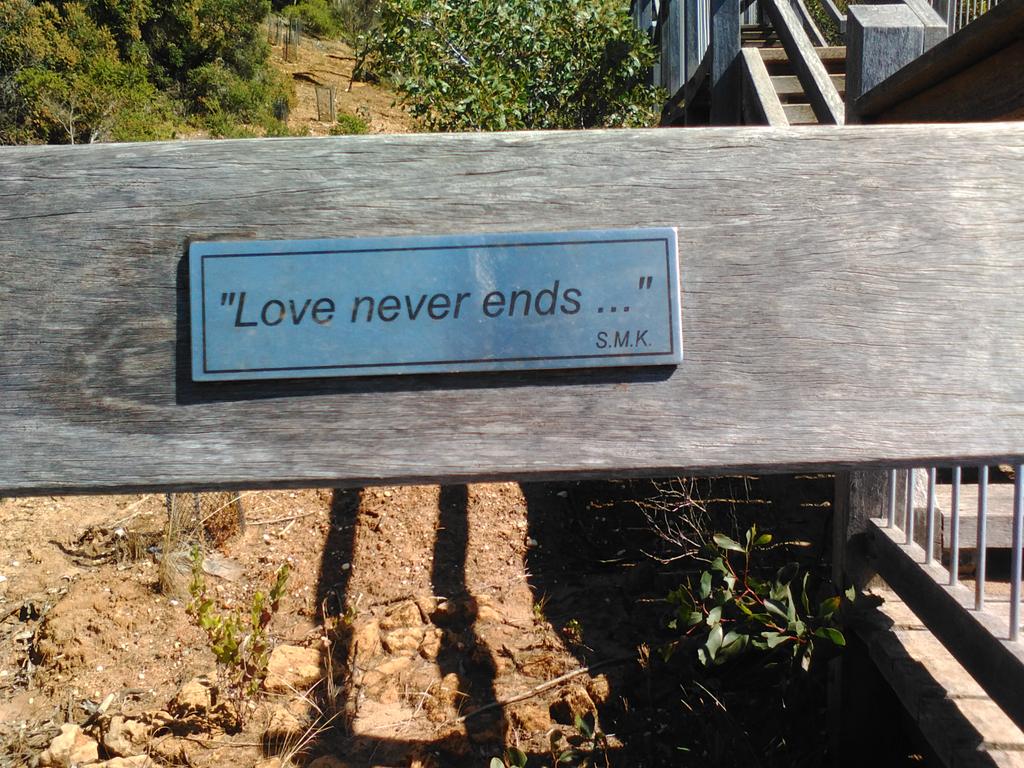

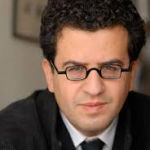



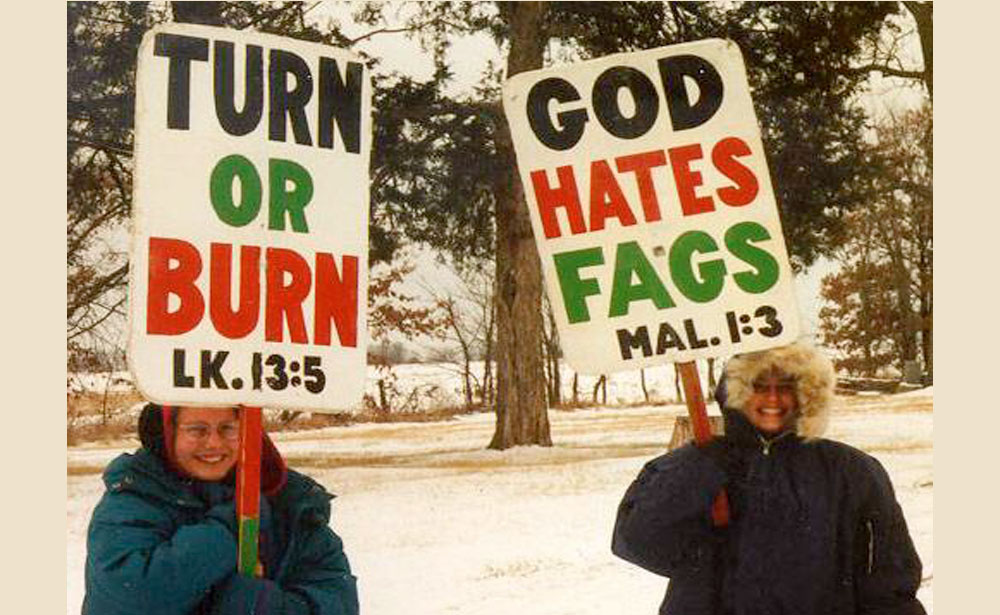
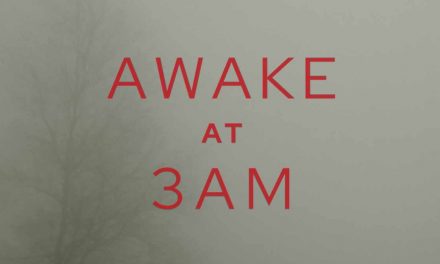


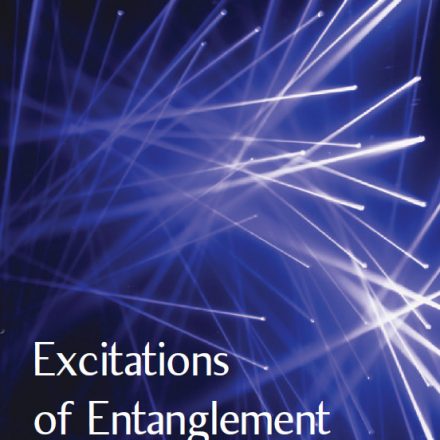

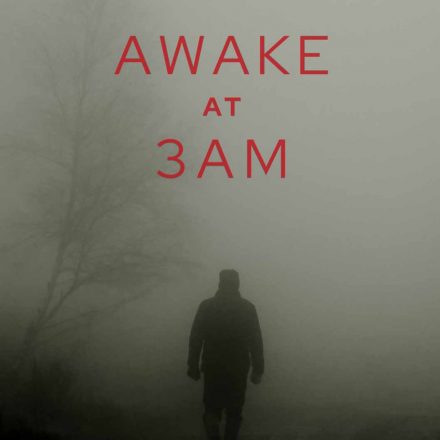
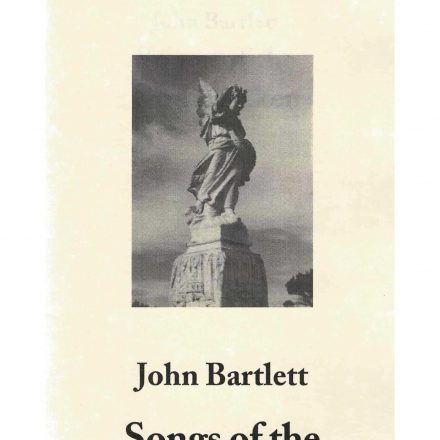


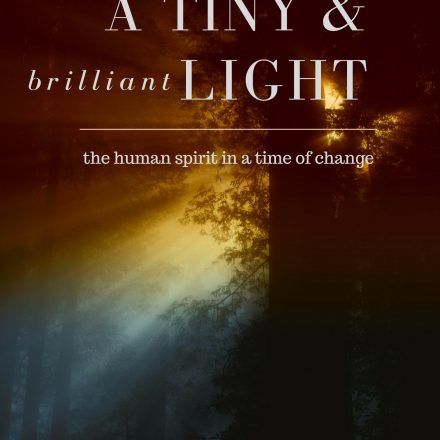
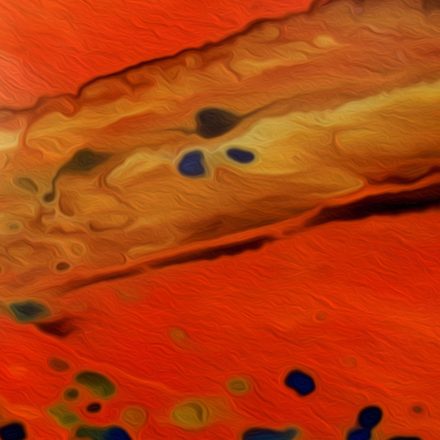







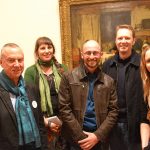


I feel a portion of this togetherness when I sit on the beach at Fishermans beach at Torquay,the resting place of my late wife’s ashes,although the ashes have long dissolved in the waves at Fishos,I feel a connection with her essence and a connection with all who walk and play on the sands of this beautiful part of the world.
Thank-you greatly for this entry, John. Thoughtful and helpful.
And Hisham Matar is a great writer.
Having attended four funerals in the last three weeks up till yesterday, I am assured that love indeed never ends.
Heartsong quotes some Catholic teaching on death and the ongoing togetherness of those who have left us for a better place. While two of the funerals I attended were Catholic, one was a Protestant service and the other a Muslim service. Happily, there is no significant difference in ritual and no difference at all in the ambience and feeling of these ‘sacred rituals of mourning’, all growing out of love for the departed, which spills over into mutual affection for all who share that love.
And following the graveside service, as we all leave the shared snack and ‘together time’, we promise each other that we’ll catch up again, adding without any real glumness, ‘at the next funeral’. Such bonhomie is not out of place, but is rather, an expression of the mutual affection developed over the years together with our relative or friend we have just farewelled.
This really resonated with me John. Insightful and profound, my inner self joyously agrees. Thank-you for sharing this. Geraldine
I found the above very comforting, John. Have been struggling for the past couple of weeks with overwhelming ‘things to be done’ (Centrelink pension problems, superannuation changes, having to buy a new mobile phone and trying to understand it, etc, etc. Thank you. Trevor.